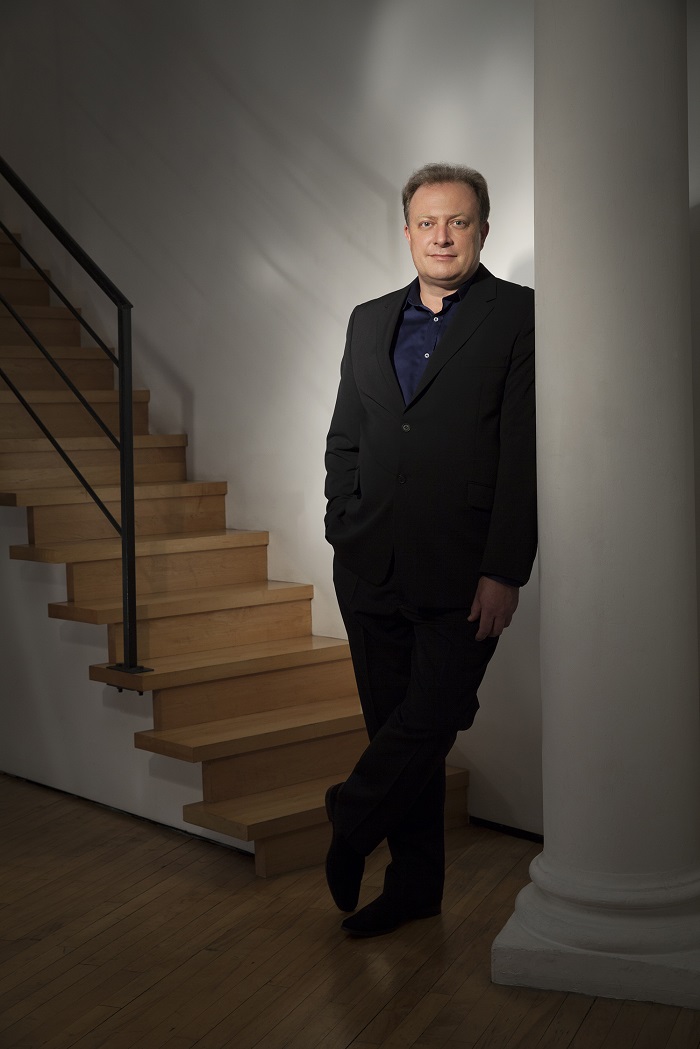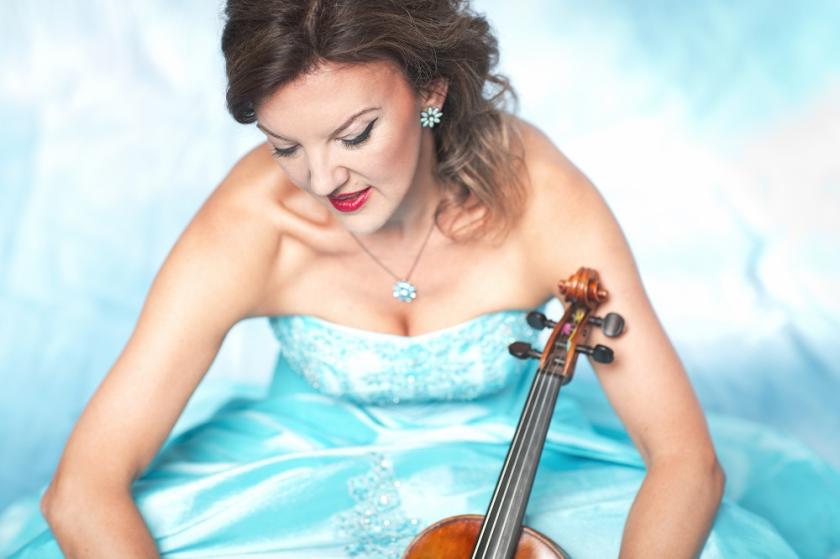The CBSO is justifiably proud of its association with Benjamin Britten. There’s rather less proof that he reciprocated, dismissing the orchestra as "second-rate" after it premiered his War Requiem in 1962. Throughout the 1950s, he’d repeatedly promised to write an orchestral work for Birmingham, only to renege on the deal after the orchestra’s then chief conductor Rudolf Schwarz moved on to the BBC in 1957. What the CBSO did get from Britten, in September 1954, was the world premiere of an unwieldy Symphonic Suite from what's generally agreed to be one of his patchier operas, the 1953 Coronation spectacular Gloriana.
This was the CBSO’s first performance of the piece since 1957, and only its third since the premiere. Draw your own conclusions from that: the opening movement, in particular, doesn’t really cohere as anything more than a sequence of fanfares, though the conductor Michael Seal (pictured below right, photo by Eric Richmond) did his best to help it live up to Britten’s symphonic claims. More successful were the two central movements, with oboist Emmet Byrne lovingly draping the plaintive melody of the Lute Song over delicately moulded string phrases, and Seal bringing a vivid sense of colour and character – woozy trombones, shrilling clarinets and some light footed string playing – to the sequence of Courtly Dances. They’ve since acquired a concert hall life of their own, and that’s probably for the best. For all the theatricality and sombre, snarling colours that Seal drew from the final movement, Gloriana Moritura, it’s hard to see the suite as a whole entering the repertoire at this stage – and impossible to blame any conductor for that.
 Still, it was good to hear it, if only to point up the sheer quality of Walton’s Violin Concerto – a gleaming art deco streamliner of a piece, dating from 1939 and performed by Tasmin Little and Seal with a panache that didn’t so much suggest Heifetz and Rodzinski as Ginger Rogers and Fred Astaire. With her lustrous tone and hint of grit it’s hard to think of a living violinist who’s better suited to this concerto, and Little went at it with mile-wide vibrato, succulent double stops and high notes that rocketed straight up to the ceiling of Symphony Hall.
Still, it was good to hear it, if only to point up the sheer quality of Walton’s Violin Concerto – a gleaming art deco streamliner of a piece, dating from 1939 and performed by Tasmin Little and Seal with a panache that didn’t so much suggest Heifetz and Rodzinski as Ginger Rogers and Fred Astaire. With her lustrous tone and hint of grit it’s hard to think of a living violinist who’s better suited to this concerto, and Little went at it with mile-wide vibrato, succulent double stops and high notes that rocketed straight up to the ceiling of Symphony Hall.
Seal partnered her with a big band snap and swing, letting Walton’s woodwind countermelodies soar and the strings well up so that it felt – in Walton’s long passages of rapturous song – like this was a genuine duet between orchestra and soloist. Little began the central scherzo with the speed and iridescence of a hummingbird, and leaned thrillingly into the curves as, with Seal coolly in command, Walton’s syncopated brass accelerated into successive climaxes. In short, this was a performance to set hairs on end, simultaneously dazzling and seductive. Little’s final flourish was pure showbiz, and quite right too.
But to misquote Sibelius, there was absolutely nothing of the circus about Seal’s performance of Beethoven’s Seventh Symphony. Seal has proved before now what a natural he is in Beethoven. What was fascinating here was how, even with tempi on the fast side and a rhythmic clarity and lift that made everything – and especially the Allegretto – feel like a dance movement, this performance felt both classically-proportioned, and possessed of elemental power and weight. Part of it comes from Seal’s ability to build long paragraphs and sustain energy over entire movements, and part of it, perhaps, is in the richness and detail of the sound he draws from the orchestra: the ringing spread string chord that opens the whole work found its echoes in each successive movement.
And yet, no matter how hard he seems to drive his players, Seal can always move them up another sonic gear, and unleash one more surge of energy. It’s an art that conceals art, and it meant that the CBSO’s horns and trumpets (blazing through the texture on dark-toned German instruments) sounded as fresh in the whirlwind final bars as they had at the start of the Britten. The audience erupted in cheers.














Add comment